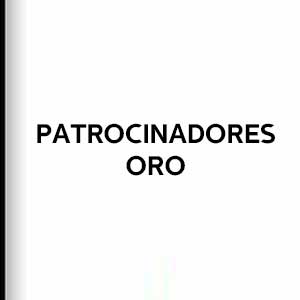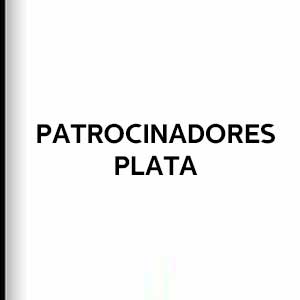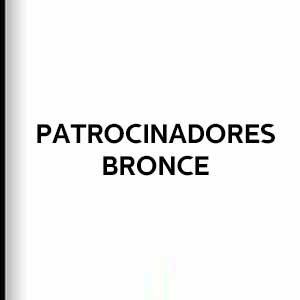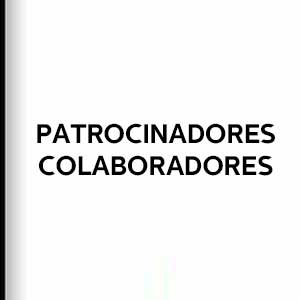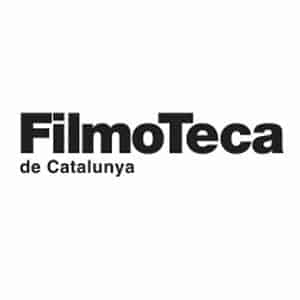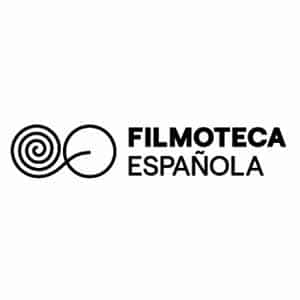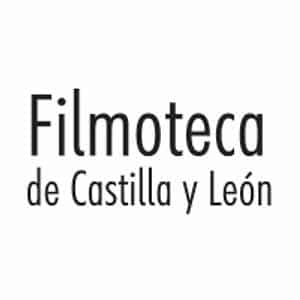The Sala Fundos was the venue for the presentation of La noche del corto español, a section within the Meeting Point category of the Seminci. The gala included the screening of five films, four national and one international: Trenc D’Alba (Anna Llargués), Los Danubios (Jaume Claret Muxart), Lost at Sea (Andrés Bartos and Lucija Stojevic), Las invasiones biológicas. The case of the Ovis orientalis musimon on the island of Tenerife: The last mouflon (Omar Razzak and Shira Ukrainitz) and Meteoro (Víctor Moreno).
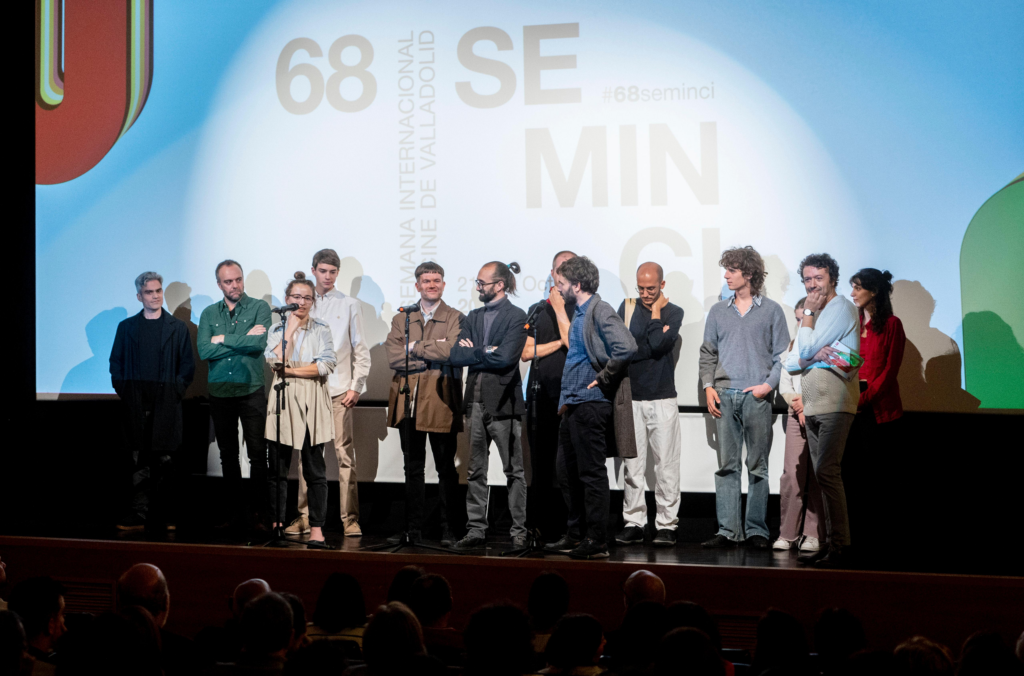
The presentation and discussion after the screenings were attended by different members of the team of each production. In the case of The Last Mouflon, its co-directors Omar Razzak and Shira Ukrainitz wanted to join the event, and took the opportunity to thank the team and the audience in the hall. “I like the festival more and more, to see the hall so full,” said Omar, while Shira spoke of the “long but beautiful” work they have created. The film is about the struggle for survival of a young mouflon -a kind of ram- in Tenerife.
In the colloquium that followed, they provided some details about the process of creating the short film. “I don’t remember very well how it came about, but we were living in Tenerife. We were walking along the Teide and the poster about the beginning of the big game hunting season caught our attention. We saw an article about the order of the day, in which the medal was given to a manager who had released the mouflons. They were considering whether to exterminate them or not, because the Teide area is a protected area and these animals eat the plants. Now we have to decide: kill them all, kill a few… Any decision is bad,” said Omar Razzak. “The interesting thing was to show the power of man to decide to do what we want when we want,” he said about the issue raised in the film.
Shira Ukrainitz, the story’s cartoonist as well as co-director, has brought up the “absurdity” of human beings and how they affect so many lives for so long: “I didn’t know what to make of this information. I keep seeing it now and I think it’s a very silly story. It was people bringing in animals to hunt them and have a good time,” Shira lamented. Iván Blanco, composer of the music present in the room, also wanted to intervene: “I wanted to transmit a bit about man and the machine, which decides when and how it wants, decides to introduce that species and then kill it… In addition, with the part of the real images, the slides, you realize that history has a touch of the past, a loop that repeats itself, because history begins in the 70s and doesn’t end. With the music I wanted to show that this problem is still there”.
Jaume Claret Muxart, director of The Danube, also detailed, in the presence of actors Mario Sanz and Kevin Espinosa, how the idea for the film came about, a work that recreates a path dotted with encounters and stories, including the myth that the Danube River is not born from a spring, but from a badly closed faucet. “We made this film with a very small team. The text started from the fact that I am preparing a feature film that goes through the Danube. The project was born as an impulse, because we had been wanting to launch it for a long time and no financing was coming out, so we got tired of making dossiers and we decided to make the film,” explained Jaume.
As for references, the project is inspired by the book The Danube, by Claudio Magris: “My project tutor recommended it to me. In the book, fictional characters are passed off as real to tell part of the history of Europe, and I wanted to use this idea in my characters”. The reduced budget of the film, as Jaume explains, caused “to be very economical when it came to shooting”. “We had only eighty minutes of film, so the spaces projected were very specific. Most of them were located by Google Maps,” admitted Muxart.
The team of Lost at Sea, an animated documentary that denounces the racism suffered by minorities forced to live in hostile environments, was represented at the gala by Bolivian Andrés Bartos, co-director with Croatian Lucija Stojevic. “This project was born just before the pandemic. We were looking at peoples who are peoples without a people: the Saharaui, the Palestinians… We know people in some NGOs and they offered us the Rohinyá ethnic group, in Myanmar. Just when we were about to go there came the pandemic, so we came up with the idea of doing it with animation,” revealed Bartos, who also detailed the knowledge they acquired during the production: “We learned that the Rohinyá don’t have a written language, their story is told by word of mouth. It makes you see that, if you want to commit genocide, you just have to destroy the culture”.
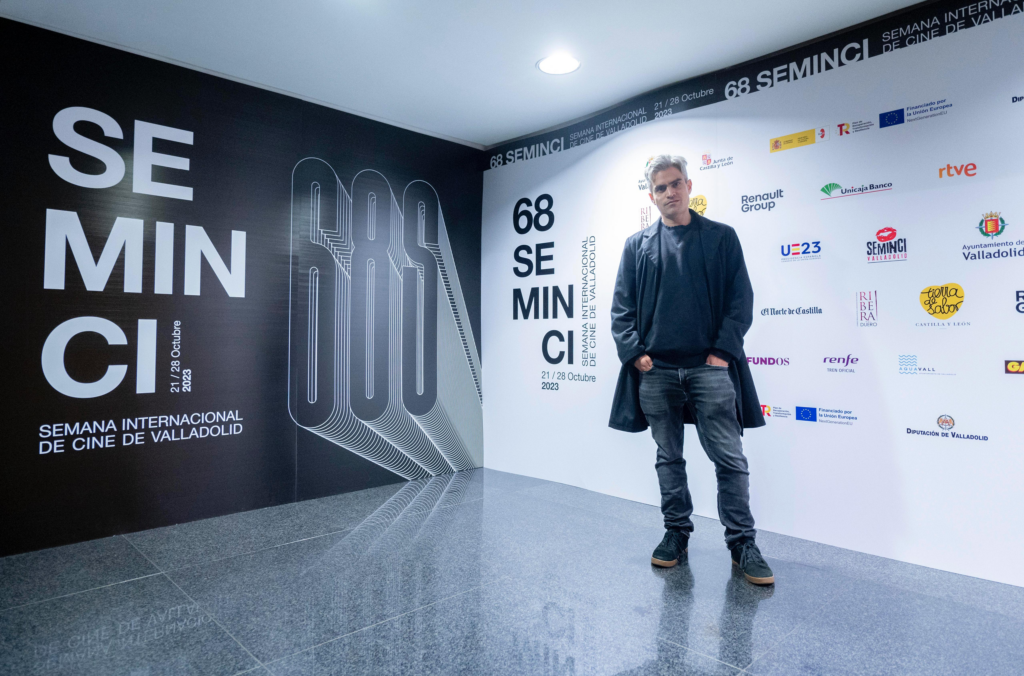
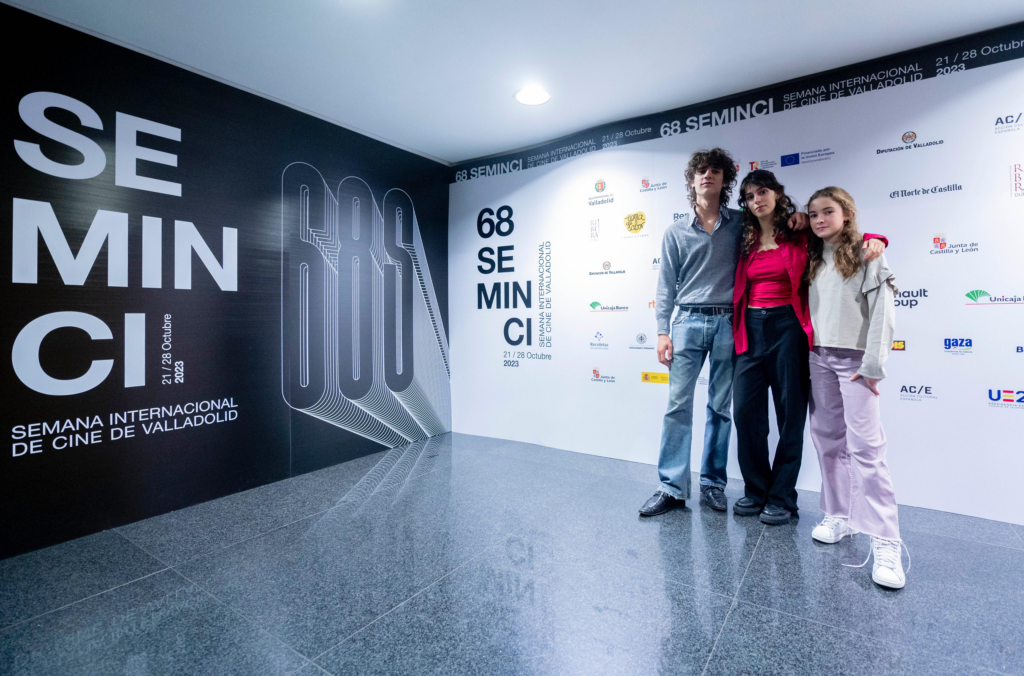
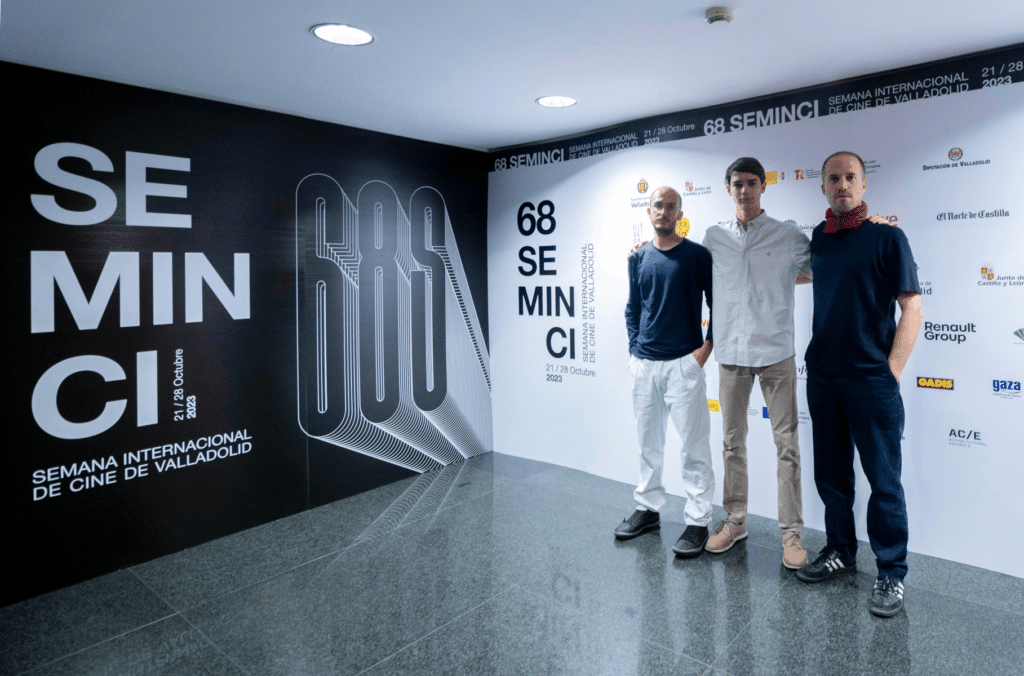
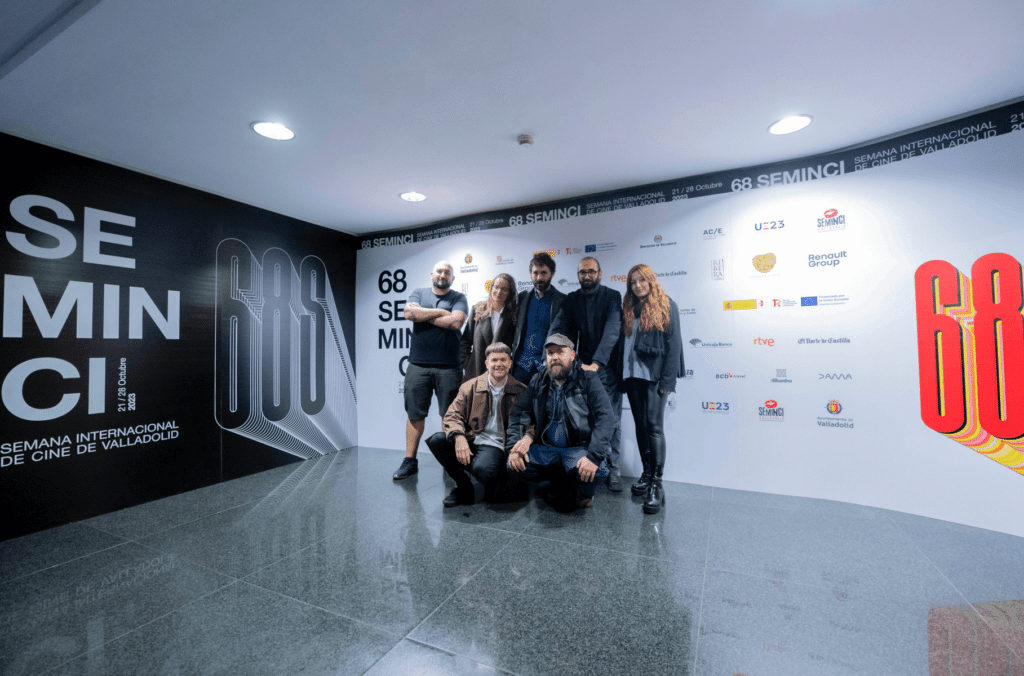
Víctor Moreno, director of the short film Meteoro, a world premiere about a searcher for meteorite remains and answers to the unfathomable mysteries of the universe, explained the birth of the idea: “I was very interested in meteorite hunters. I met José García, the protagonist of the film, and the first idea was to go to the Atacama Desert. The pandemic arrived and we couldn’t go, so we opted to go to the Sahara, but they didn’t give us the permits to shoot. We then decided to shoot some parts in Fuerteventura, but one day in the Canary Islands this sonic boom sounded and we decided to do it there”.
Moreno also recounted an event that is not narrated in the film: “Next to the boom, a seismic movement had been recorded. José became obsessed with finding something in that forest. That idea of a lonely man going into a forest in search of a dream, something difficult and unattainable, seemed to me something suggestive to talk about the unknown and imagine the film even though it was a documentary. And that’s what I’ve tried to do with this work: try to reach something unattainable that we want to know,” he confessed.
The colloquium concluded with the interventions of the team of Trenc D‘Alba, a film born as a final degree project at ESCAC that deals with the difficulty of dealing with the changes around the farmhouse where a family lives. Along with the protagonists, Gerard Ribera and Vinyet Rodríguez, the director Anna Llargués began by expressing her happiness at premiering her project at Seminci with friends and family, and then explained the trajectory of the film since its inception.
“This story emerged very slowly during the years I was studying. When I was eighteen I started shooting and we were building the film for three years. I lived with my grandmother and I had that feeling of losing someone, it came naturally,” he confessed. Regarding the cast of the short film, Llargués said that the actors were not the only ones: “We did a long casting of houses all over Catalonia. We were looking for a space that we felt had to be the space, something aesthetic and abandoned. We wanted it to be extrapolated to any place”.
As for the use of an analog eight-millimeter camera to shoot the film, the reason lies mainly in coincidence, according to the director. “My grandfather used to shoot in analog a lot of things and coincidences happened: the cinematographer’s grandfather found a camera and we decided to shoot with it, we also found material from the production manager’s grandmother… and in the end we decided that this story was going to be told this way. Also, I feel it helps to tell how this place is going to be lost, the vision of the protagonist. I really liked to tell how he saw it,” detailed Llargués, referring to the character played by Gerard Ribera, who explained his experience as a first-time actor. “It was an experience of novelty, of not having acted before. It’s the fifth time I’ve seen the film and it always excites me. It is curious to see how everything has transformed a lot, even the character, how you feel acting without having experience and how all that is built through the character,” concluded the actor.
